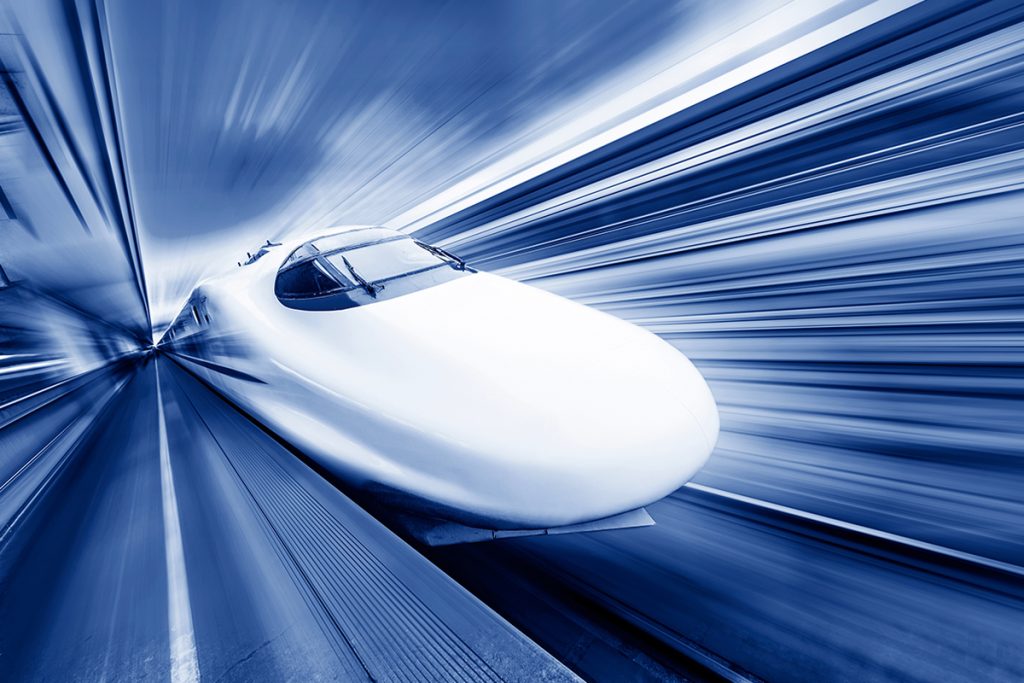China’s ambitious quest to develop an ultra-high-speed maglev train, capable of reaching 1,000 kilometers per hour (621 miles per hour), has achieved a significant milestone with the successful completion of another test. Conducted in the Shanxi province of North China, this test has moved China closer to realizing its vision of cutting-edge, high-speed transportation.
The recent test was carried out in a 2-kilometer (1.2-mile) low-vacuum pipeline. This environment is essential for reducing air resistance and enabling higher speeds with less energy consumption. The test showcased the train’s ability to perform controlled navigation, maintain stable suspension, and execute safe stopping, all critical components for the future operational safety and efficiency of this transportation system.
Leading the development of this groundbreaking transport system is the China Aerospace Science and Industry Corporation (CASIC), a state-owned enterprise renowned for its work on spacecraft, launch vehicles, and missile systems. CASIC’s expertise and technological capabilities are central to advancing this ultra-high-speed maglev project.
The principle behind this high-speed maglev train lies in magnetic levitation technology, which eliminates friction between the train and the tracks. This frictionless interaction allows for smoother and faster travel. By integrating low-vacuum tubes, the system minimizes drag, further enhancing speed and energy efficiency.
Despite the impressive progress, the train has not yet reached the targeted speed of 1,000 kilometers per hour. Some media reports erroneously claimed that this speed had been achieved in the recent test. However, official reports clarified that the current focus remains on perfecting the technology to eventually reach this goal. Previous trials have shown that the vehicle can achieve speeds exceeding 623 kilometers per hour (387 miles per hour) on a full-scale test track.
China’s advancements in maglev technology have not gone unnoticed internationally. The recent success has ignited renewed interest in Hyperloop technology in the United States. Companies in the US are hopeful that China’s progress will stimulate investment and development in similar high-speed transportation systems.
HyperloopTT, a prominent US-based company, views China’s achievements as evidence that hyperloop technology is rapidly emerging as a viable transportation solution. The company believes that with the right combination of political will and private sector engagement, the US can accelerate the development and implementation of hyperloop systems. This effort is seen as crucial for maintaining competitive in building the most efficient high-speed transportation solutions.
The potential benefits of hyperloop technology are clear: unparalleled speed, efficiency, and sustainability. As the technology continues to prove itself through rigorous testing, it paves the way for future transportation systems that can revolutionize travel, reducing journey times and enhancing connectivity.
China’s recent test is a significant step forward in the global race to develop ultra-high-speed transportation. As the country moves closer to achieving its ambitious speed targets, the world watches with anticipation, recognizing that the future of transportation may soon be transformed by the innovative maglev and hyperloop technologies. The progress made in China serves as a powerful reminder of the possibilities that lie ahead, driving international efforts to bring these futuristic transportation systems to life.


